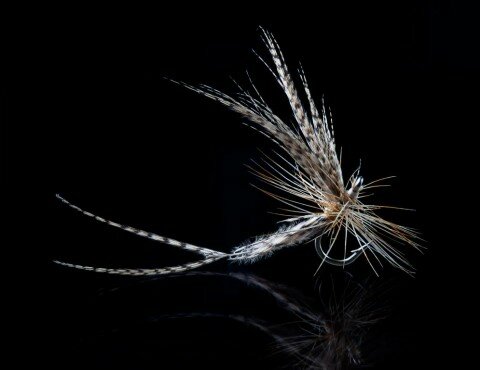
photo by TC Geist
This Darbee Two Feather fly was originated by the great Harry Darbee and this one was tied by the very talented Catskill tyer, Ted Patlen. The pattern consists of a standard dry fly hook, Wood Duck Flank Feather (or Mallard), and dry fly hackle of your choice. Here are some tips from Ted.
This fly is a model of efficiency ….easy to tie, floats like a cork, even if the hackle gets screwed up.
The bottom hackles can be cut if the fly gets some refusals.
One thing I like about it….when fishing it on a flat pool with nothing rising this fly (like a variant) will get fish to react. It is easy to twitch and skitter , another thing, how many of these flies do you think the trout see, even in Roscoe, NY? Obviously, it doesn’t work ALL the time but more than a few times to warrant this as a good fishing fly.
Another thing, an extremely large mayfly can be tied onto a very small hook.

The people who wanna tie it for the first time…much care should be taken to find a good feather for the body/tail/wing feather. The feather on the left has fibers that are pretty even in legnth, not a hard taper from the tip to the base AND the fibers are very even …balanced is a better word as compared to the feather on the right ….the feather on the right would make an unbalanced wing. Look at the flues sticking out from the left side of the shaft. These are longer than the flues on its other-side . These unbalanced feathers can be used for the this fly but the even feathers are much easier to use.





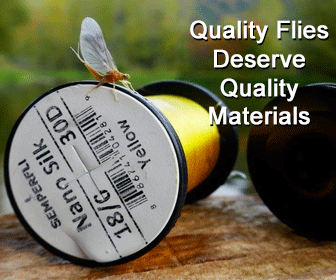
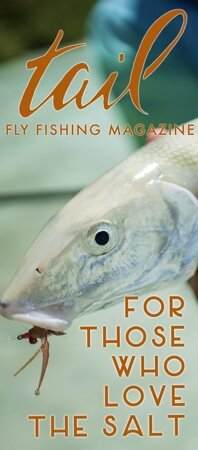

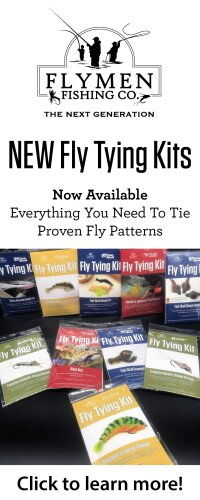


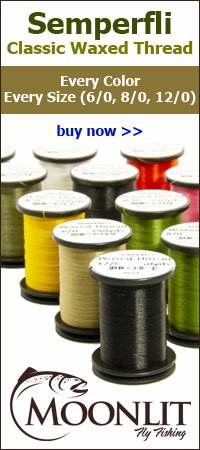



I really like this style and have used it for a loooong time. Now I know it looks great with wood duck as tail, body & wing but, as Ted points out, using a symmetrical feather is a MUST. Maybe that’s why Harry Darbee wrote about using ‘spade’ hackle. Anyway, just to add a little to what Ted wrote, I believe it was Al McClane who nicknamed the style – ‘Hatchmatcher’.
Allan
It’s always nice to see Harry’s two feather fly pop up. I lived with the Darbees summers when I was a boy and tied flies for their shop. There were a number of variations to the fly, one with the body compressed sideways with some cement to give a slimmer profile to the abdomen
Jack,
That is great to have some inside information on this fly and very interesting that you lived and tied with the Darbees.
What other flies do you remember tying for them?
Thank you for your comment.
-Paul